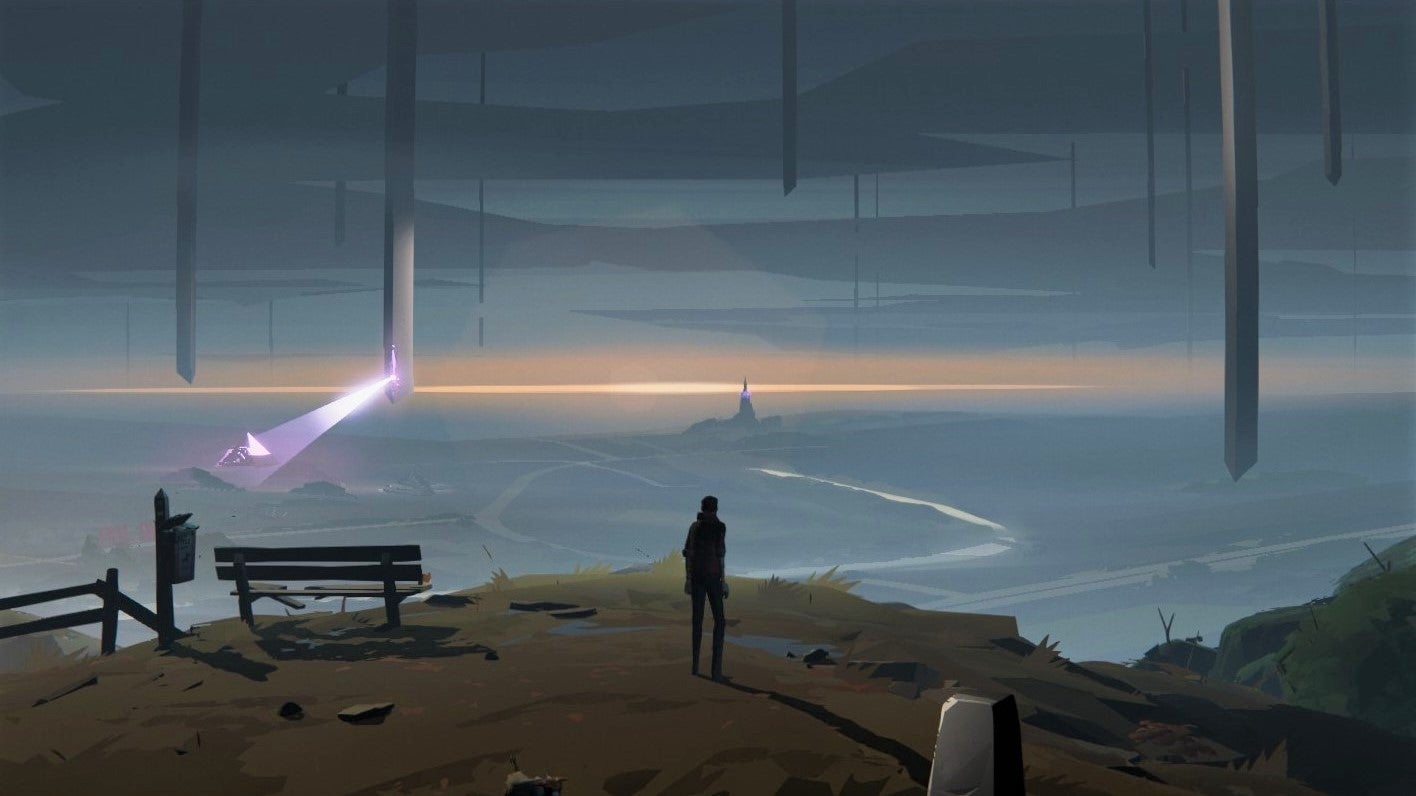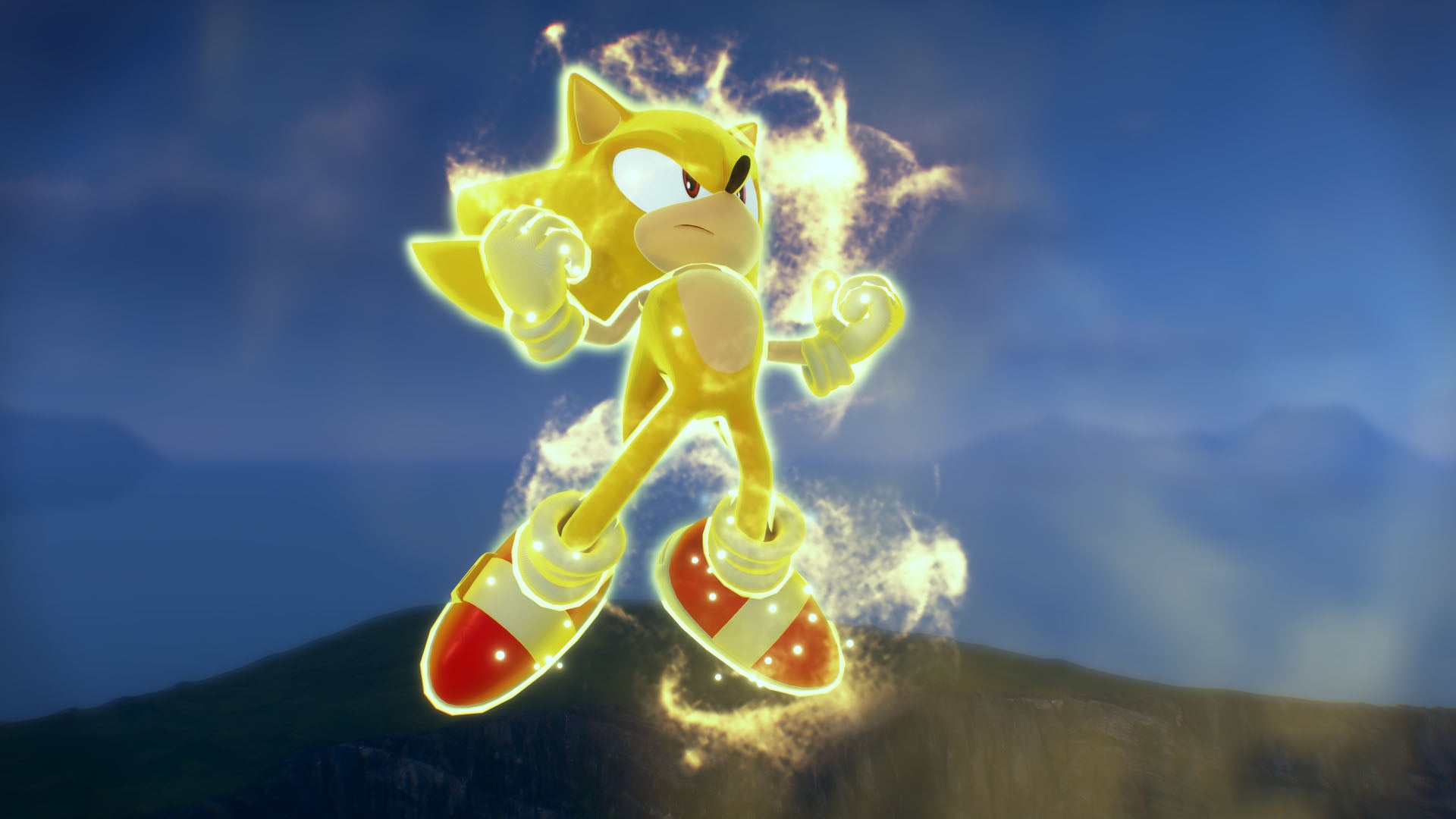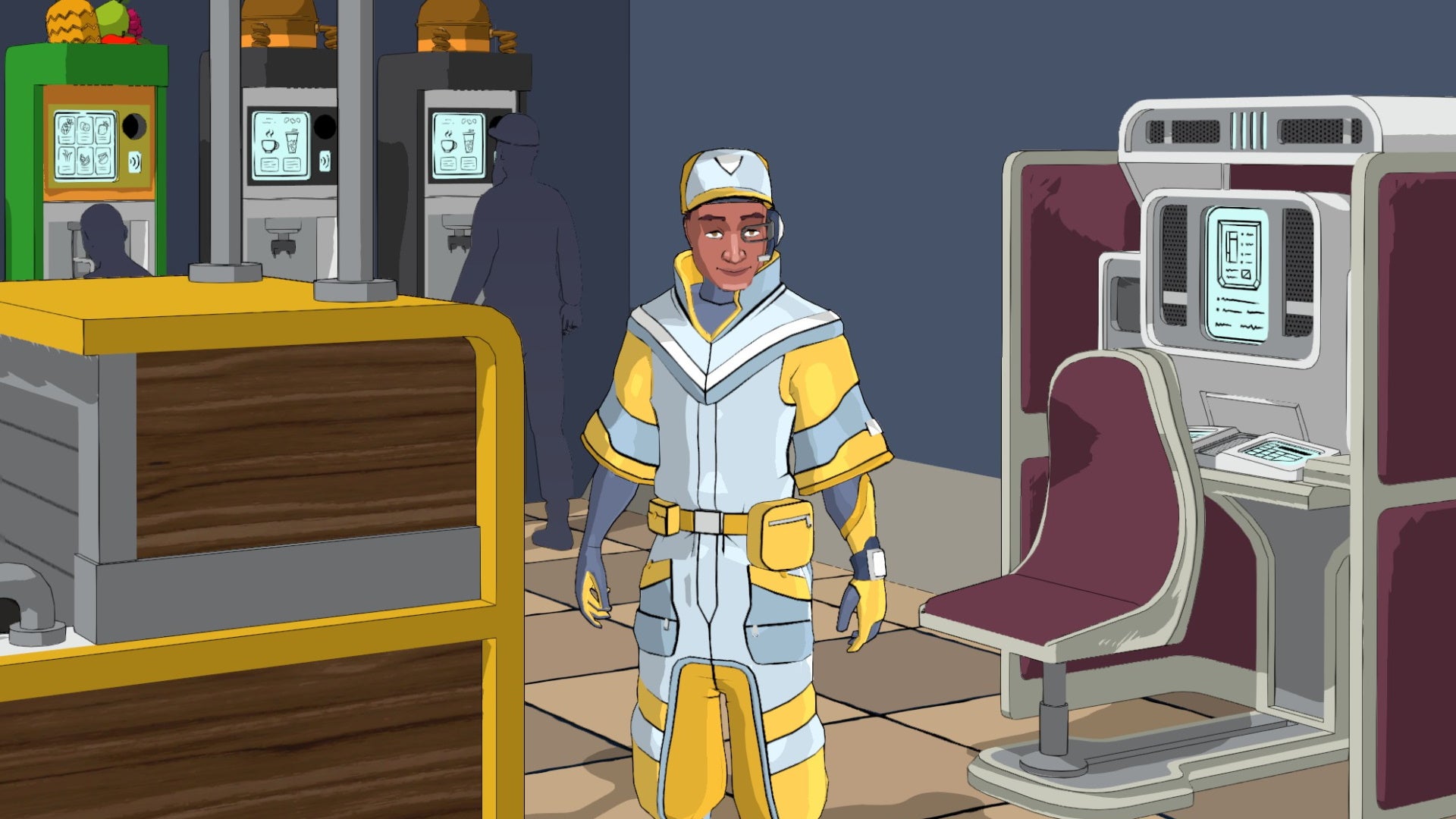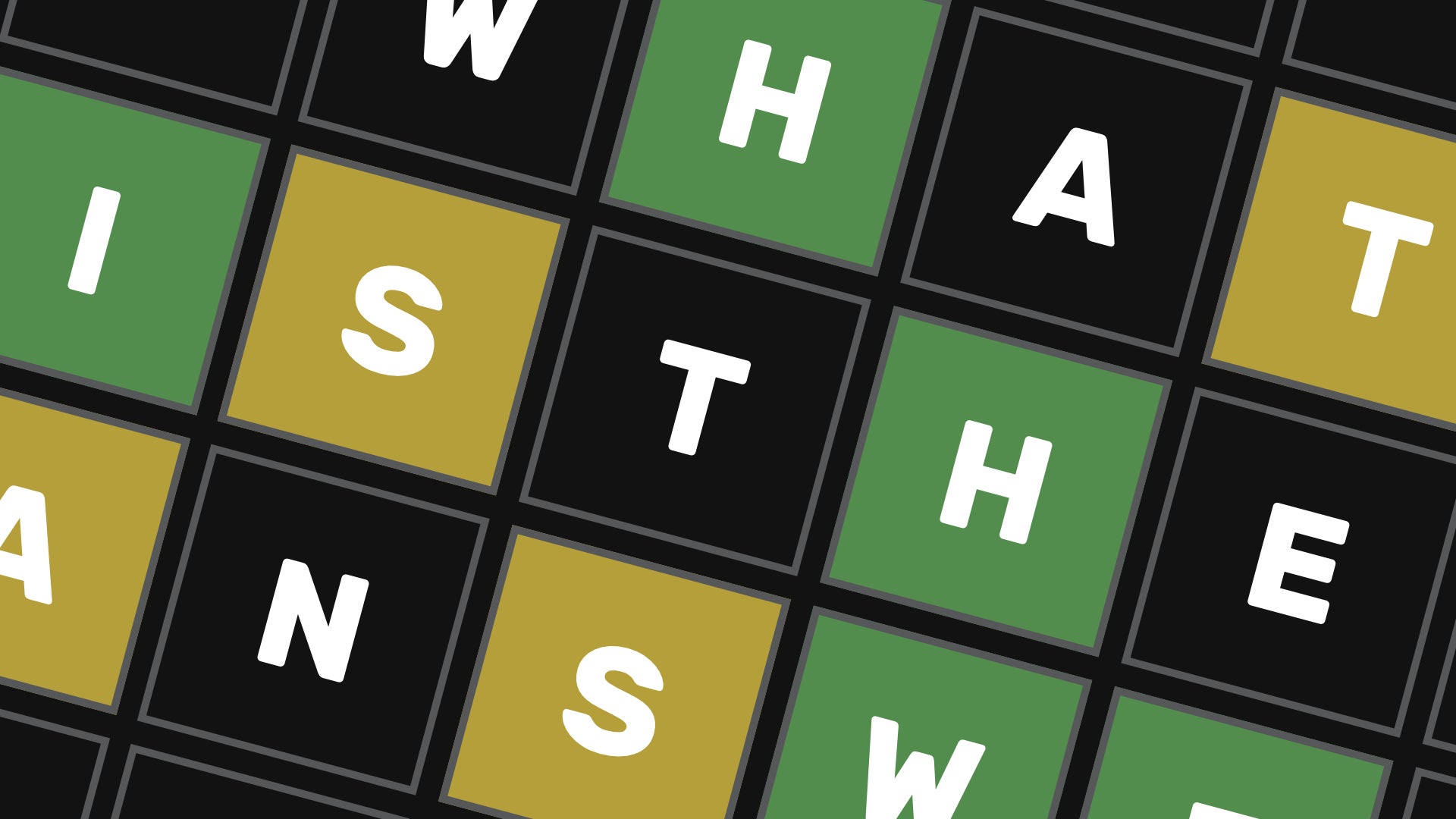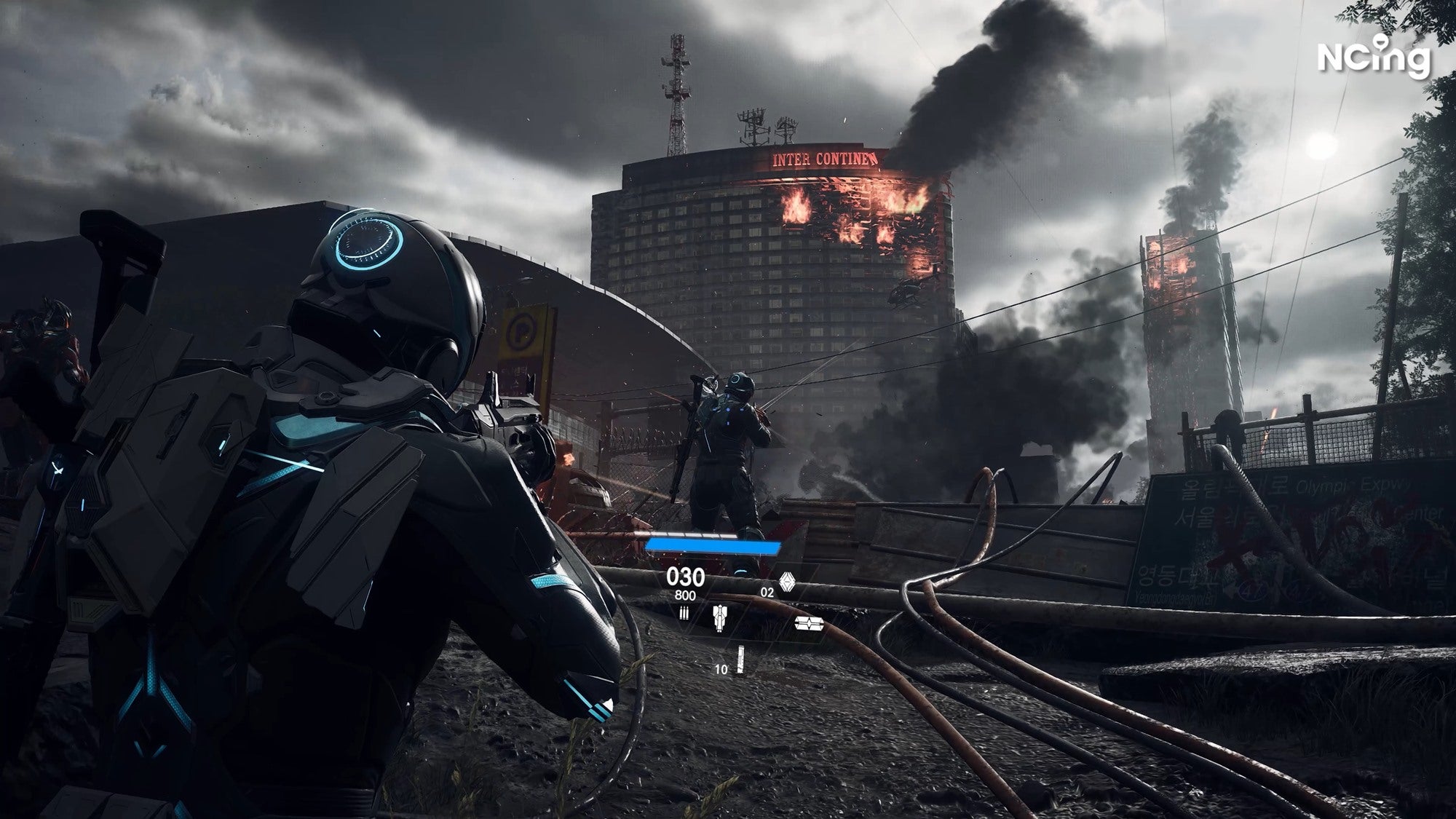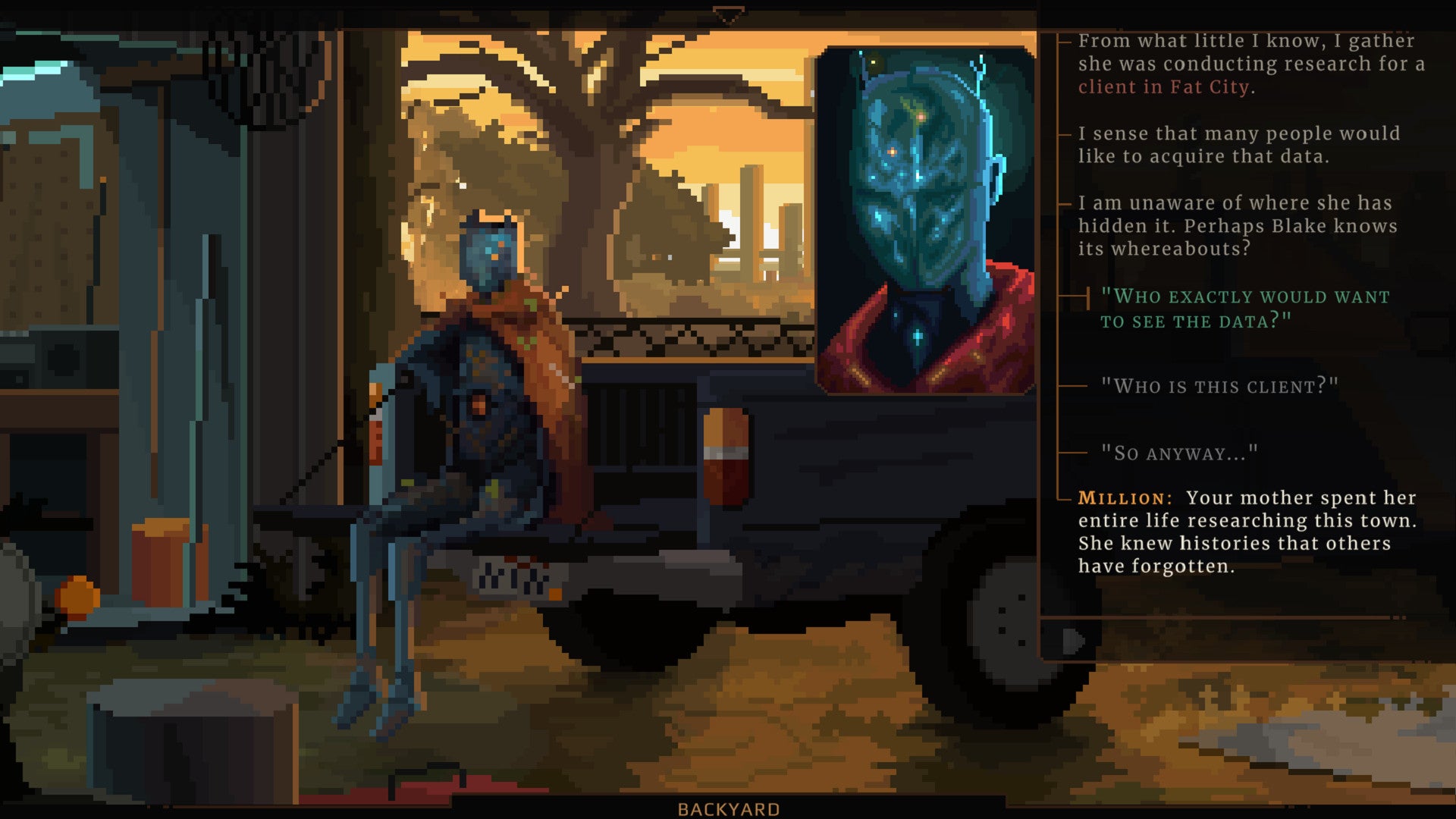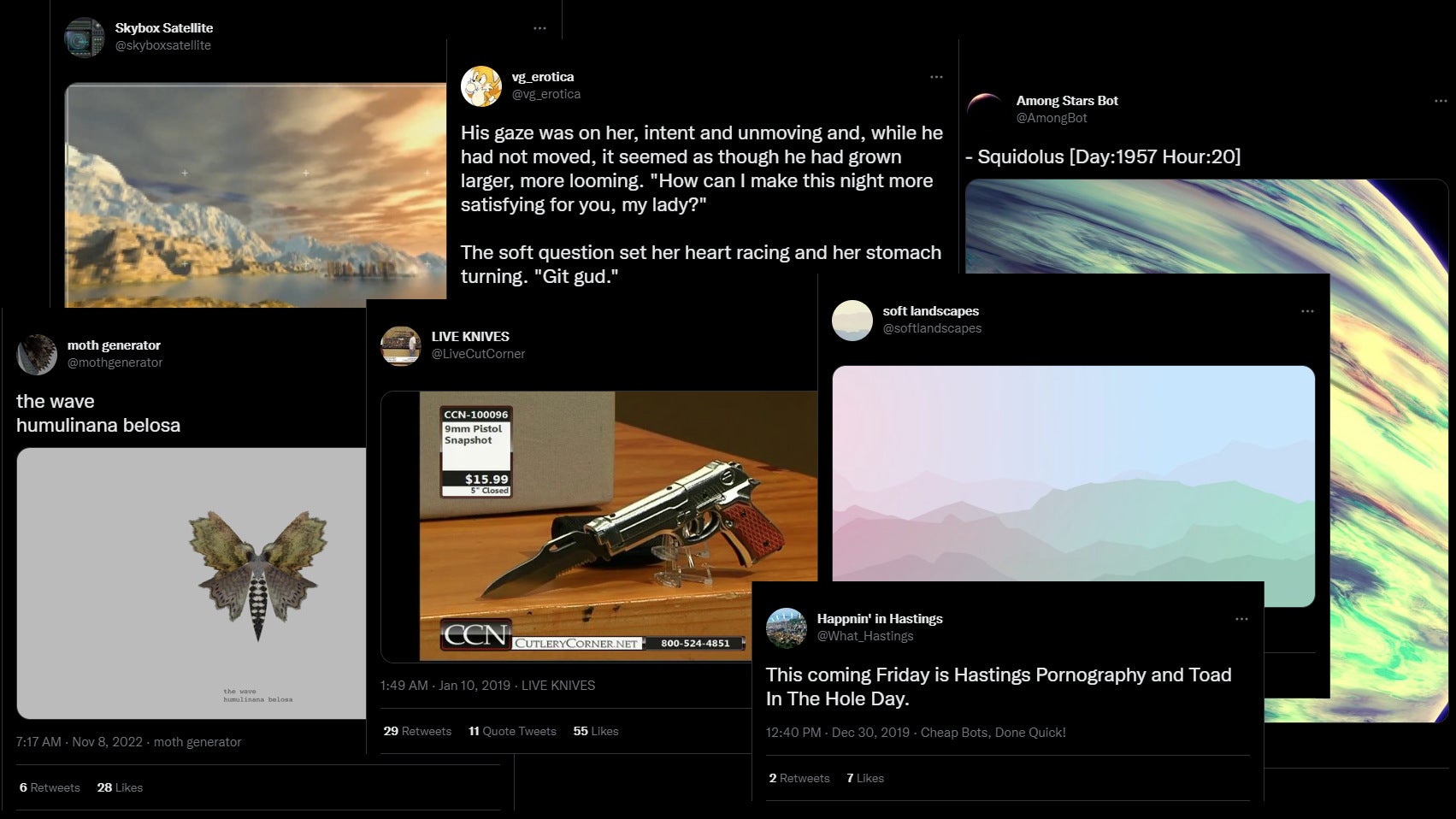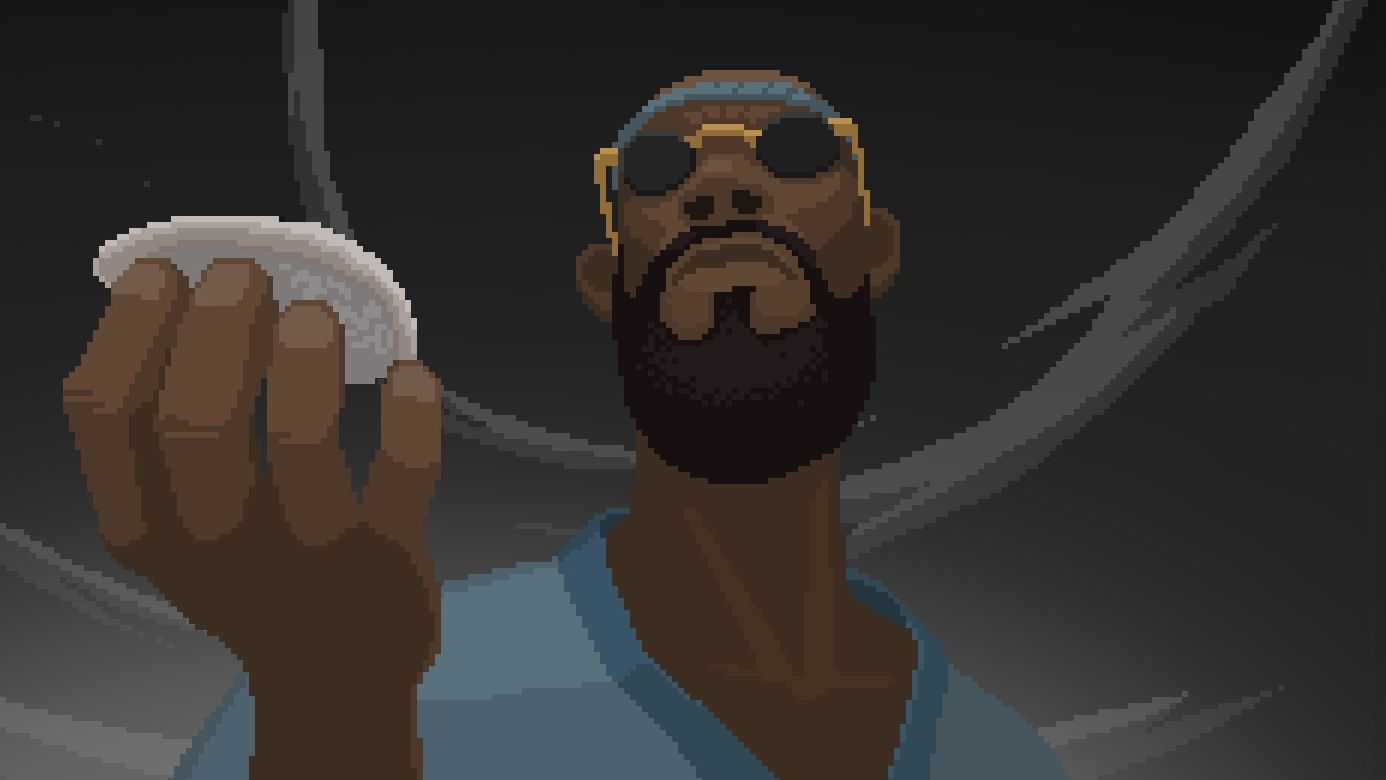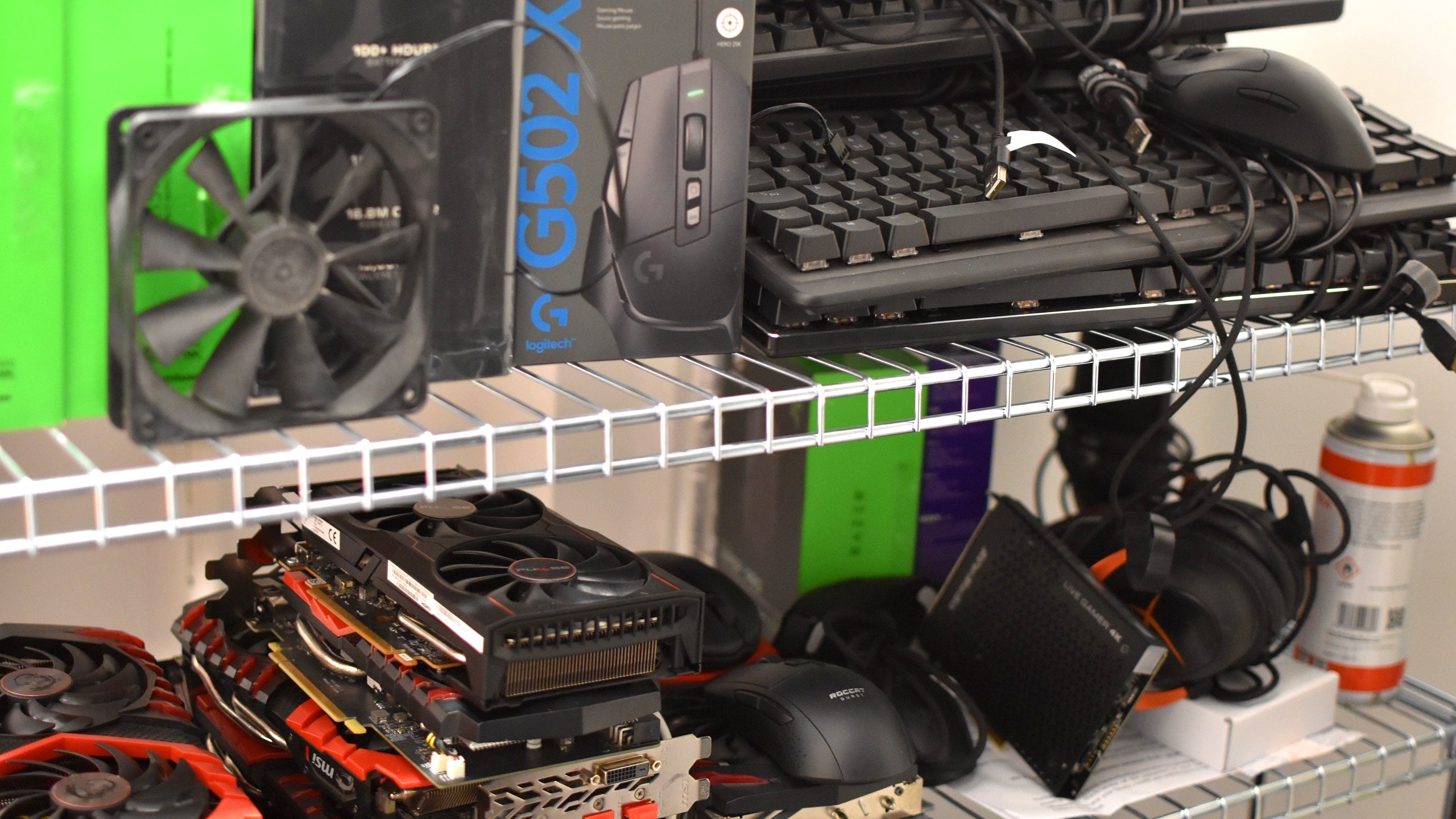Overwatch 2 review-in-progress: tonnes of fun marred by context and expectations
Spot the differencePut a screenshot of Overwatch 2 next to a screenshot of Overwatch 1, and you'd be hard-pressed to spot any difference. Both display a vast chaotic ballet, in which two teams composed of some of the most well-realised characters in hero shooters wage war until one team emerges triumphant. Just like its predecessor, Overwatch 2 is one of the most delicately crafted sensory onslaughts I've experienced in a game.
Guiding my old favourite heroes through venerable maps like King's Row and Route 66, it's like I never left. In many ways, it feels like I've simply been given a reason to play Overwatch 1 again. Is that enough for a sequel? Is it enough to justify the incredibly confusing, lengthy, and oft-botched process of trying to make Overwatch feel relevant again? I'm not certain it is. But perhaps it should be.
The good news is I needn't spend long explaining the game. Even people who never played the original know what Overwatch is. It's a vibrant, punishing team-based hero shooter, with a strong emphasis on the "team" part. You and your squadmates create a team out of a roster of 30-odd heroes, and fight to complete objectives such as escorting a payload across the map or capturing a target area and holding it against the enemy. Matches are fast, hectic, and oodles of fun.
The single biggest change Overwatch 2 brings to its matches is the new 5v5 team composition. Heroes in Overwatch are divided into three classes: Tank, Damage, and Support. In Overwatch 1 the matches were 6v6, and the most common composition was always two of each hero class - a composition enforced by Overwatch's main role queue mode. Overwatch 2 has seen fit to remove one of the tank roles.
It took a few games, but I definitely began to feel the difference that the lower team size brings. It feels harder to hold a spot against an enemy push. Often, one concentrated attack is enough to break your ranks - and your only recourse is to consolidate and push right back. Matches have always felt aggressive in Overwatch, but in Overwatch 2 I felt less of a sense of pondering the best course of action. You don't often have to think about why you're failing to break the enemy's defence, whether to switch to a different hero, and so on. The best course of action is almost always to reconvene and push.

It's good, because I do remember the frustration of repeatedly failing to break through an enemy team's well-established defensive line. That's much rarer these days. Lowering the number of players in a match is also good news for performance, matchmaking, and reducing the visual clutter during team fights. But I still can't help but feel like something has been lost in the process. It feels easier to switch off my brain playing Overwatch 2, which may be a good thing or a bad thing depending on your perspective.
It should come as no surprise that Overwatch 2 looks, sounds, and feels wonderful to play. The maps are captivating and tightly designed; the heroes even more so. I say it again: these are possibly the most well-realised characters in the genre, and - subjective opinions on skins aside - they've never looked better. The first-person animations are wondrous to behold, and the sound design elevates it all even further. Cassidy's Peacekeeper still feels weighty and dangerous. Junkrat's grenades still have that incredibly satisfying THONK as they leave the launcher. Zenyatta's orbs still SHWING past like lethal and musical shards of glass.
These are possibly the most well-realised characters in the genre, and they've never looked better.
A few of the original heroes have had quite substantial reworks to their abilities for Overwatch 2. Bastion can now move around while using its minigun, but it only lasts a few seconds now. Doomfist has been moved over from Damage to Tank, and he's got a new Power Block ability that gives him huge damage reduction while powering up his next Rocket Punch with the damage he soaks up. Orisa has perhaps the biggest rework of all. She has a new primary weapon, a powerful javelin throw skillshot ability, a javelin spin ability which blocks incoming projectiles ala D.Va, and a new Ultimate which pulls in nearby enemies and deals major damage after a few seconds.
By contrast, other heroes have basically not been touched at all, which I'll admit is a bit disappointing, particularly for players who main those heroes. Most hero changes lie somewhere in the middle, with tweaks to abilities that help the characters fit into the new aggressive 5v5 meta Blizzard have created. Almost all stun effects have been removed from the game, and each of the hero classes have been given new global passives. Tanks, for example, now have knockback resistance and provide less Ultimate charge to enemies when damaged, helping them fulfil a more aggressive brawler-esque role to compensate for the loss of a second tank on the team. It's a shrewd change that illustrates how much thought has gone into subtly reinventing Overwatch 2's fast-paced battles.

There's an attention to detail in the hero design that very few games can compete with, and I was happy to see that Overwatch 2's three new heroes maintain that high standard. And even more important than that - they all just feel fun right out of the gate. The first one I tried was Junker Queen, a big Aussie tank with a giant shotgun and a throwing knife that wounds enemies while healing herself. Next up was Sojourn, a Canadian soldier with cybernetic arms and legs. She's a frighteningly strong damage-dealer in the vein of Soldier: 76, with a fast-firing rifle and a secondary fire beam that deals high damage once charged up by using the primary fire mode.
My favourite is Kiriko. She's the new Support character, and with her teleport ability and potent healing primary attack she makes a fantastic pocket healer (a healer who devotes all their energy to following and healing one particular ally). But she's also a great flanker, with a wall-climb ability and a secondary attack which throws kunai that deal extreme headshot damage. I had a lot of fun figuring out unexpected ways to flank the enemy team before dashing back and providing much-needed healing to my frontline. More than any of the other heroes, Kiriko made me feel the excitement of having Overwatch 2 feel fresh and new again.
It's truly incredible to have such a large roster of heroes who all legitimately play and feel completely different from one another. It must be a balancing nightmare, but they've done a really great job over the years, and as far as I've seen, the new heroes look to fit comfortably into the meta, rather than breaking it entirely. Of course, that may soon change. Overwatch 2's new update model promises a healthy injection of new content every nine weeks, including more new heroes. It's an exciting prospect, as is the clean slate that Overwatch 2 provides. Everyone starting from scratch, figuring out the new heroes and maps together.
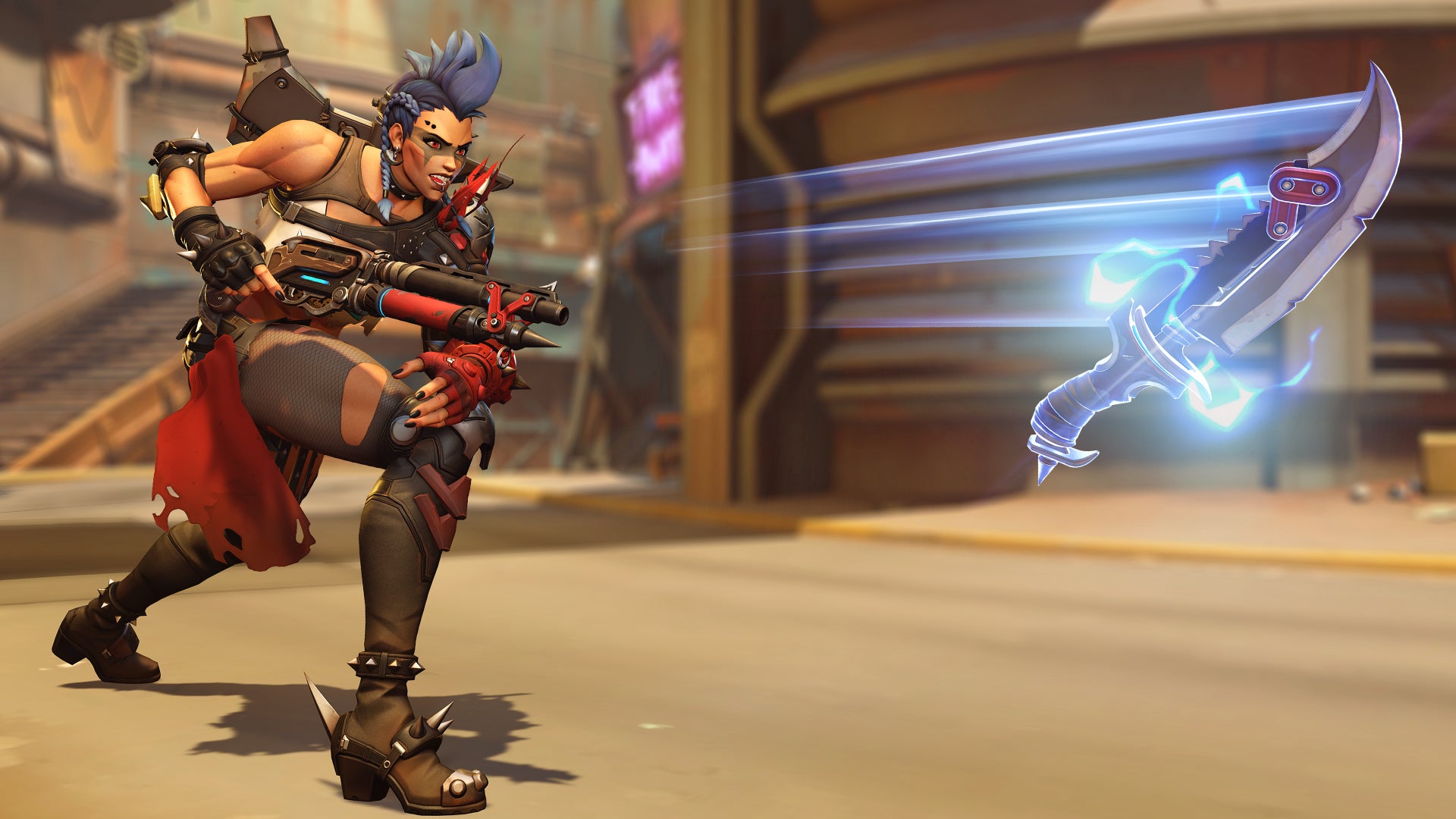
It's all very positive stuff, really. It's just marred by the context. The decision to make Overwatch 2 a standalone sequel is something that still confuses and grates against a lot of people, myself included. It was meant to work in tandem with Overwatch 1, but ended up replacing the old game entirely. Players who never played the original game will start with just a handful of heroes unlocked, and must grind through the Battle Pass to unlock the rest. Even the decision to make the game free to play is telling. I don't necessarily disagree with any of these decisions, but they're all clear signs of Blizzard's desperate struggle to keep their once beloved hero shooter relevant. The only way it would've been more obvious is if they'd tacked on a battle royale mode.
So much damage has already been done to the game simply by calling it Overwatch 2. From the second of its announcement, Blizzard were at the mercy of players' expectations for a full-fledged sequel. And when they compare those two side-by-side screenshots and see virtually no difference, that's a major disappointment and perhaps a turn-off for many players. For a content update, Overwatch 2 does an absolutely phenomenal job. For a sequel, it feels pretty underwhelming. I wonder, would it have been better to use chapters like Fortnite did? Something between a content update and a sequel?
In reality though, it's hard to stay annoyed about all that when you're actually playing. Like its predecessor, Overwatch 2 is just plain fun, particularly with friends. At the end of the day, if you can separate Overwatch 2 from its confusing context you'll likely have a great time. Playing matches over the past few days has made me interested in Overwatch again for the first time in years. The changes to team compositions and fan-favourite characters may irk veteran players, and Overwatch 2 may have forever lost a little piece of the tactical thinking that helped make the original's matches so dramatic. But it's still a wonderfully crafted, top-tier FPS that has given a lot of players a reason to dive back in - or perhaps to dive into the world of Overwatch for the very first time, if such people still exist in the world.
Then again, they'll have to grind for dozens of hours just to unlock all the heroes and reach the same level as the rest of us. Oh, Overwatch. I wish you'd stop getting in your own way.
Activision Blizzard are currently the subject of a number of legal actions, labour disputes and allegations of workplace harassment. Rock Paper Shotgun will continue to write about these issues, as well as covering Activision Blizzard games as part of our commitment to cover subjects of interest to our readers. The latest news can always be found under our Activision Blizzard tag.



